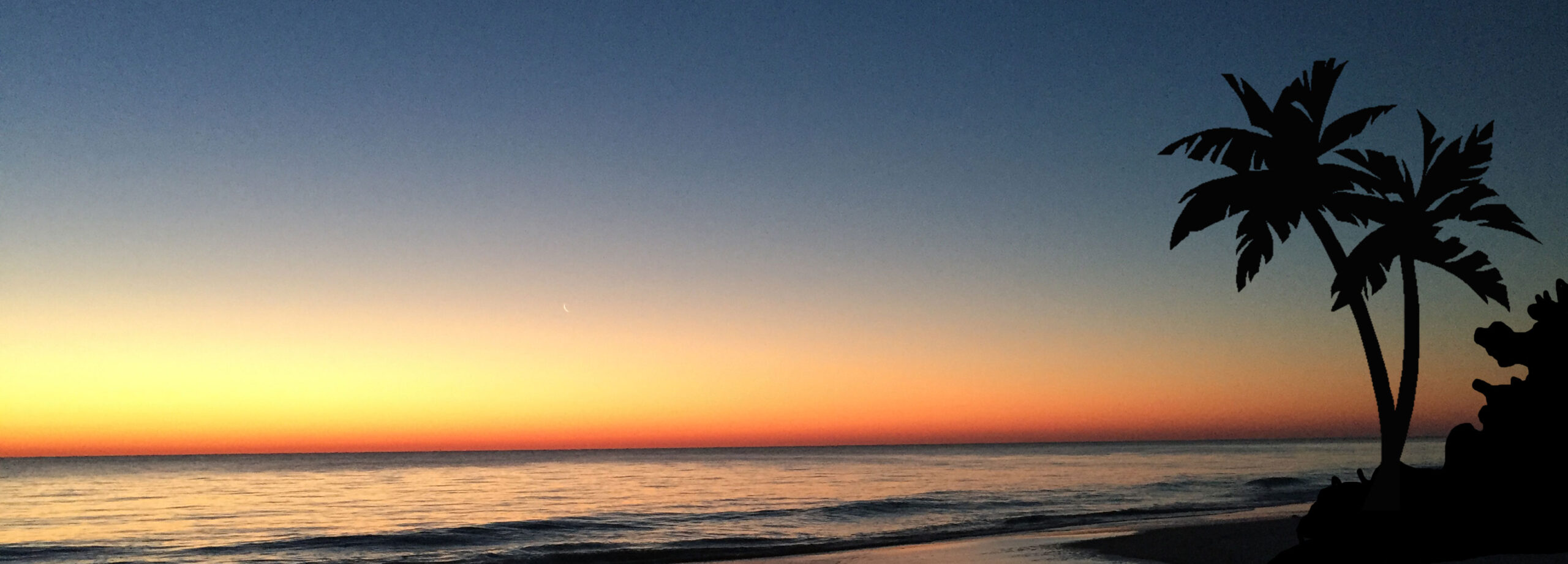Not everyone can see animals in their natural habitats. A zoo makes seeing animals outside your own habitat possible. For example, I chose to use a barn owl as the mascot/logo of my website, but I had never seen a live barn owl. ZooAmerica was the only place I could find a live barn owl.
Here is a copy of the map of ZooAmerica from their website.
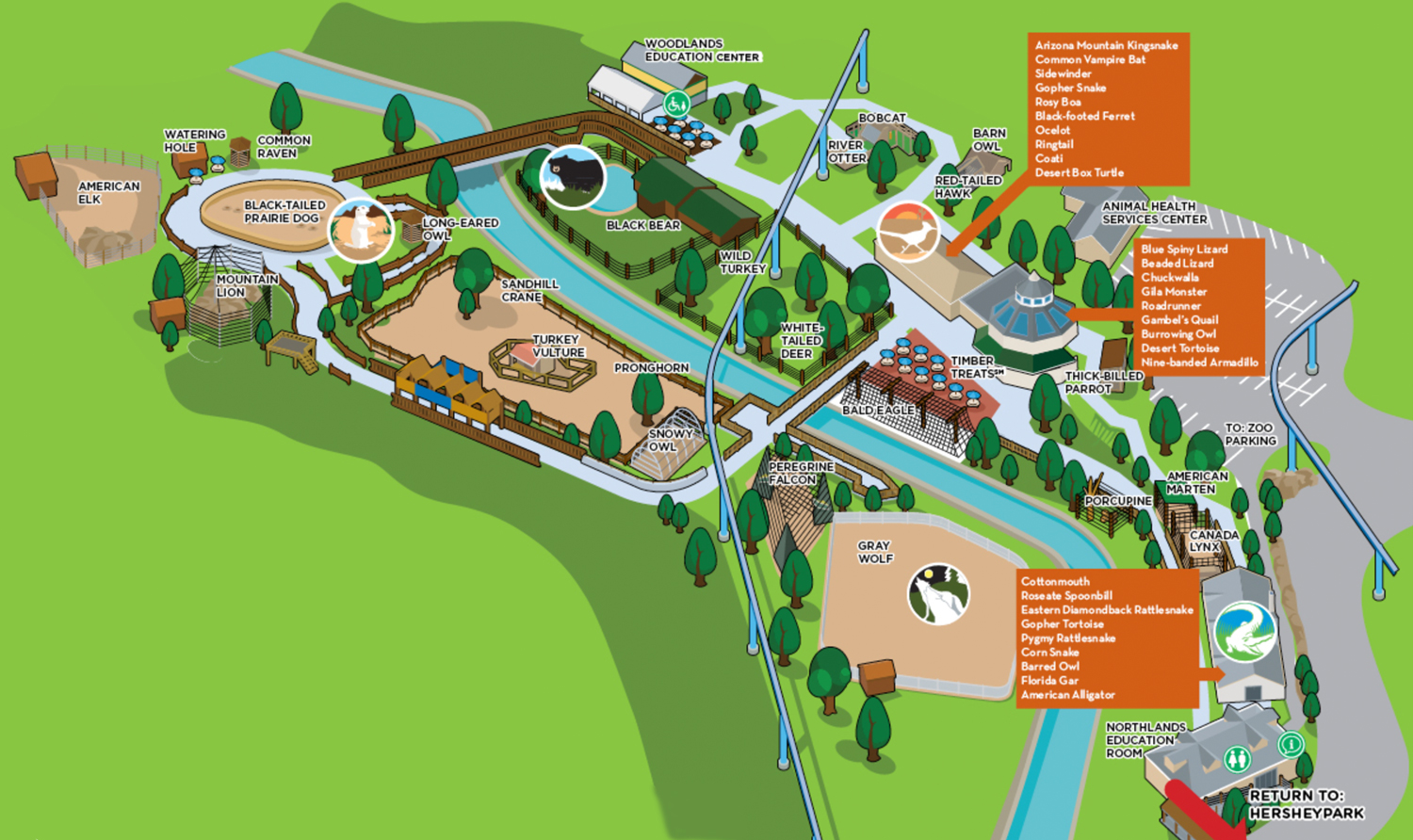
I visited ZooAmerica, on August 3, 2020, after the COVID-19 shut down had been lifted. All of the buildings housing many of the animals were still closed. Fortunately, the barn owls were open to the public.
This zoo specializes in animals from North America, hence the name ZooAmerica. It is part of the Hersheypark complex. The blue rail in the map shows the tracks of a sky rail train that comes from the Hershey amusement park.

A porcupine is usually a nocturnal animal. I was lucky to be able to see this one getting its morning drink.
A porcupine is covered with about 30,000 quills. These quills are an excellent defense. The porcupine can not throw its quills. The quills detach easily from the porcupine. However the barb at the other end of the quill ensures that the quills do not come out easily from the body of anyone that touches the porcupine.
Next, I saw a bald eagle sitting in a tree. I could clearly see its distinctive white head feathers and yellow beak.
Bald eagles are only found in North America. At one time they were endangered. Fortunately, they have recovered.
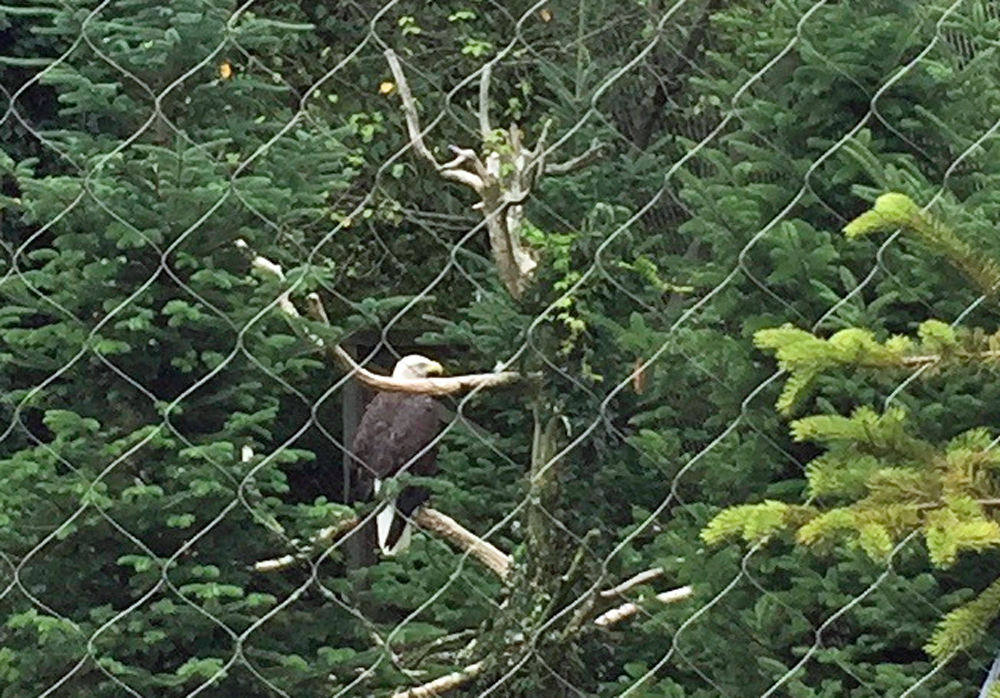
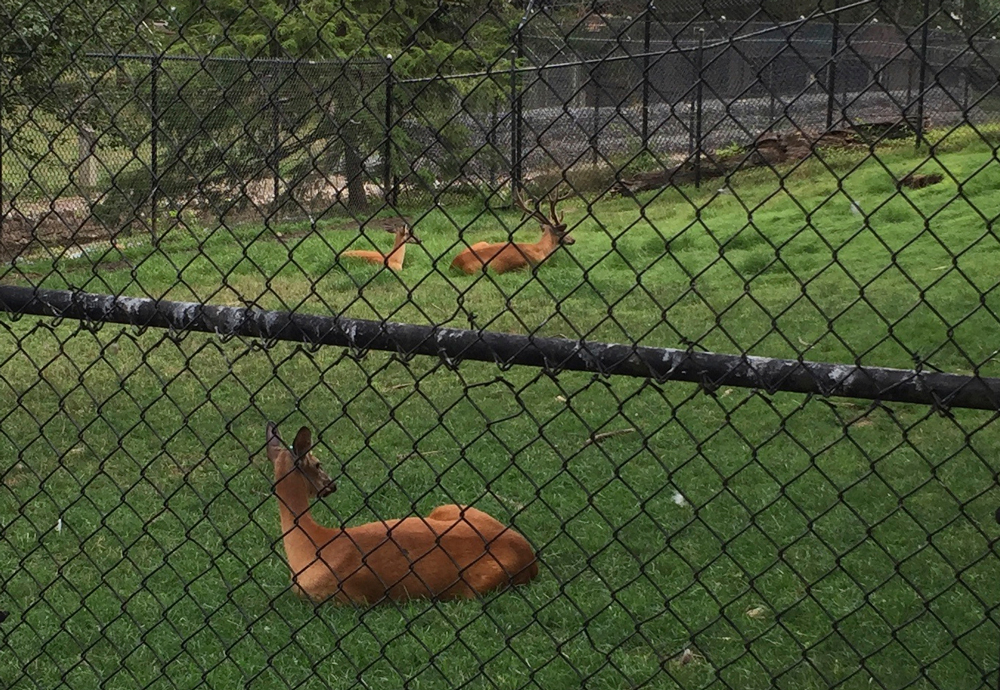
The white-tailed deer were across from the bald eagle. They were resting in the lush grass of their enclosure.
Logging and farming cause changes in the environment. Many species are endangered because of this practice, but not the white-tailed deer. The opening of the forests for fields has help the white-tailed deer to become the most common large mammal in the eastern woodlands.
Wild turkeys were next door to the deer. (In fact you can just see a deer in the grass behind the turkey enclosure.)
Unlike the white-tailed deer, the wild turkeys were almost wiped out of most of their original range in the 1900’s. They depend on the forest for food and protection. Regrowth of the logged areas and strict laws helped to make the forest safe again for the wild turkey. Wild turkey’s were trapped and transferred to the safe forests. The wild turkeys have made a come-back.

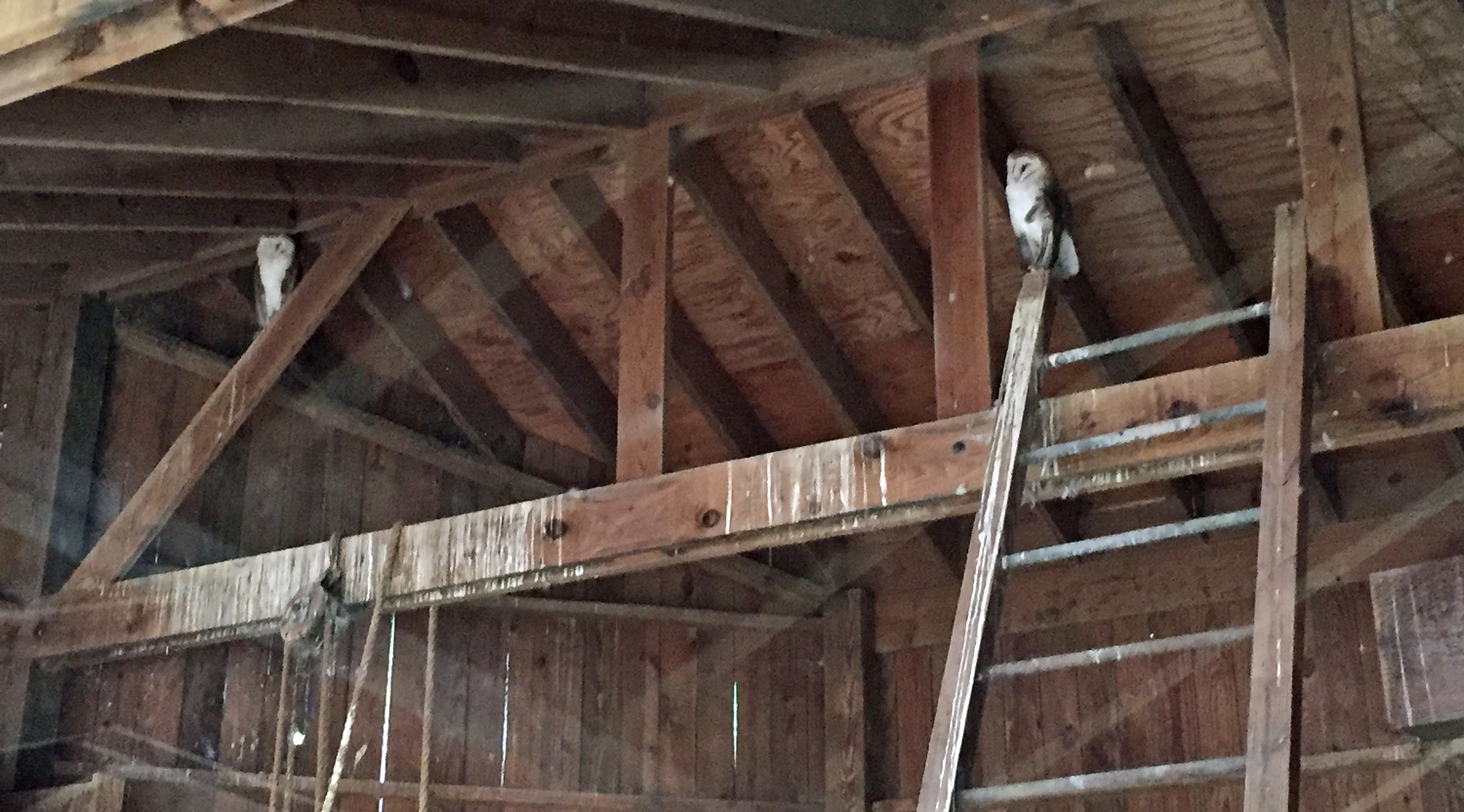
Up the path from the turkeys, I found a large enclosed barn. Two barn owls were sitting in the rafters. Barn owls can be identified by their heart shaped face. You can see the face better in the picture at the top of this post.
While I was looking at the barn owls and reading the signs, the head zoo keeper came up. I asked him the questions that I had prepared in advance. I discovered that while barn owls hunt live prey in the wild, these zoo owls are trained to eat previously frozen mice. He said that the zoo was not allowed to feed the zoo animals live food. It is considered inhumane. Also there is a danger that the mice would escape before the owl caught them. The residents around the zoo would not appreciate escaped mice in their homes.
Around the corner, I found a bobcat looking out at the pedestrian path. The other bobcat was resting high up on a ledge.
Unlike most cats, the bobcat’s tail is naturally only about 6 inches long. This “bobbed” tail gave the bobcat its name.
They are shy and secretive. They are not easily seen in the wild.
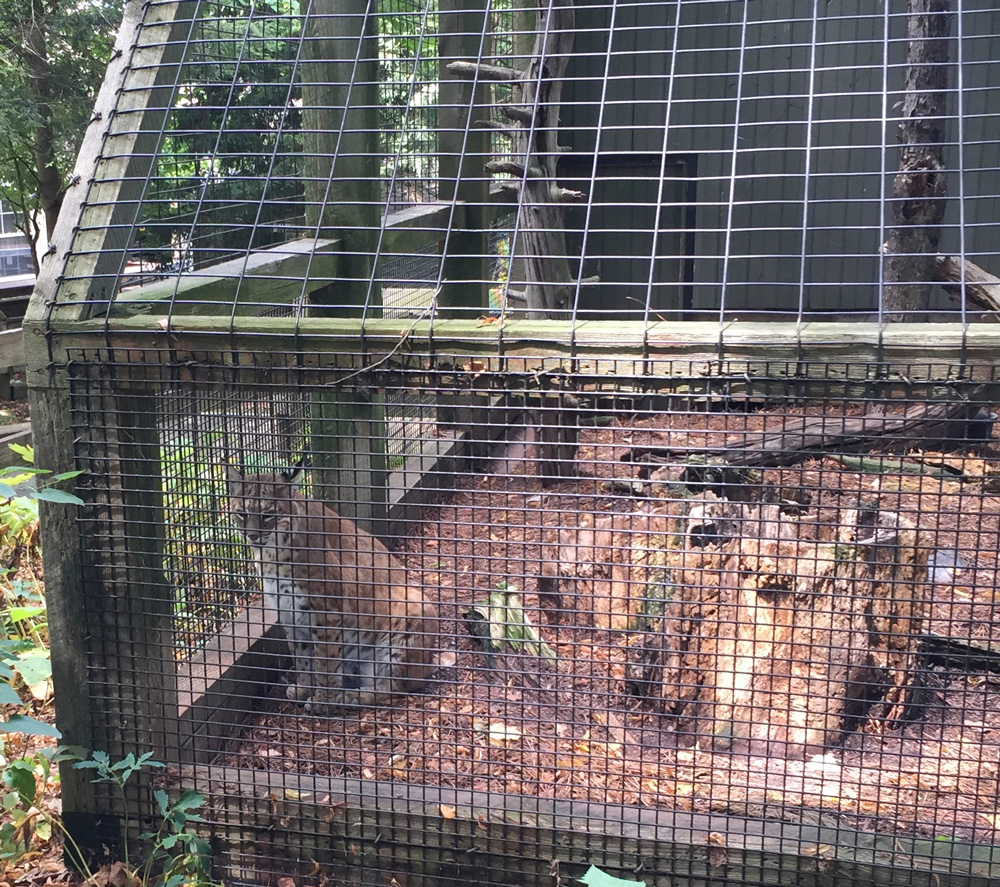
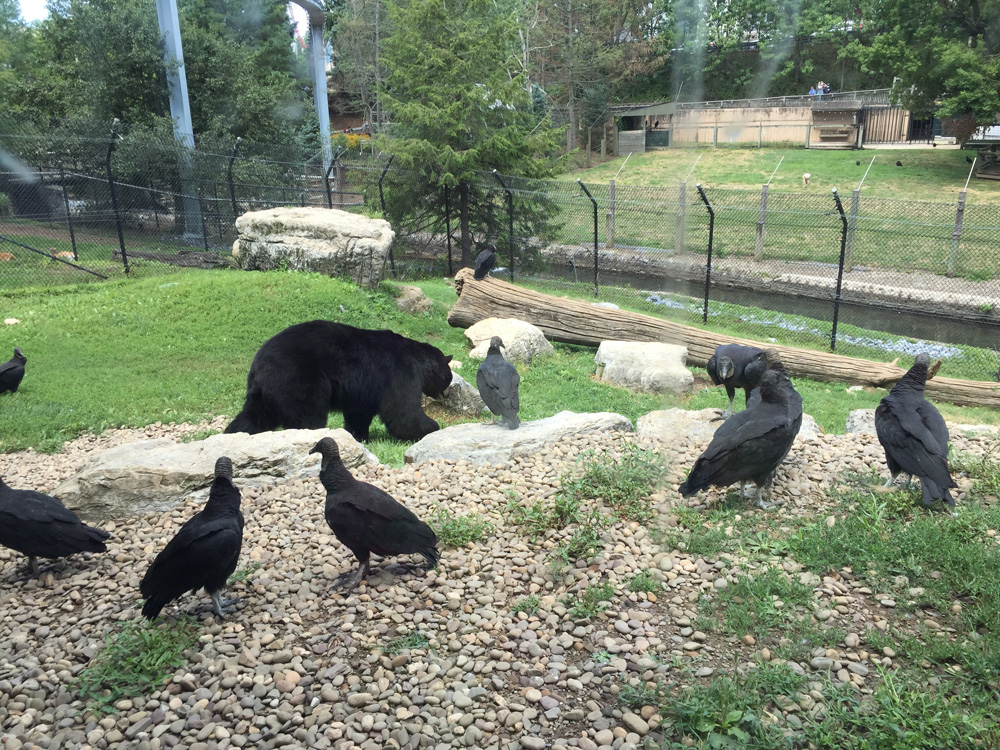
Back on the main path, I found some black bears. It seems that their neighbors, the turkey vultures, had joined them for breakfast.
The bear enclosure had a window with room for one family to view the bears. I was next in line for the window and watched behind the window family as two bears were playing around.
(A note of consideration for those of you who visit a zoo or museum. Be considerate of the other people behind you. There were two or three families waiting to see the bears, but the family at the window would not move until the bears left.)
We usually think of American elk with a set of large antlers. This elk had no antlers, which indicates it was a female elk. (By August a male antlers should be almost fully grown.)
American elk once lived throughout North America. Now they are only found in Western Canada and the Unitied States. Although a trap-and-transfer program has help to begin a herd in North Central Pennsylvania.
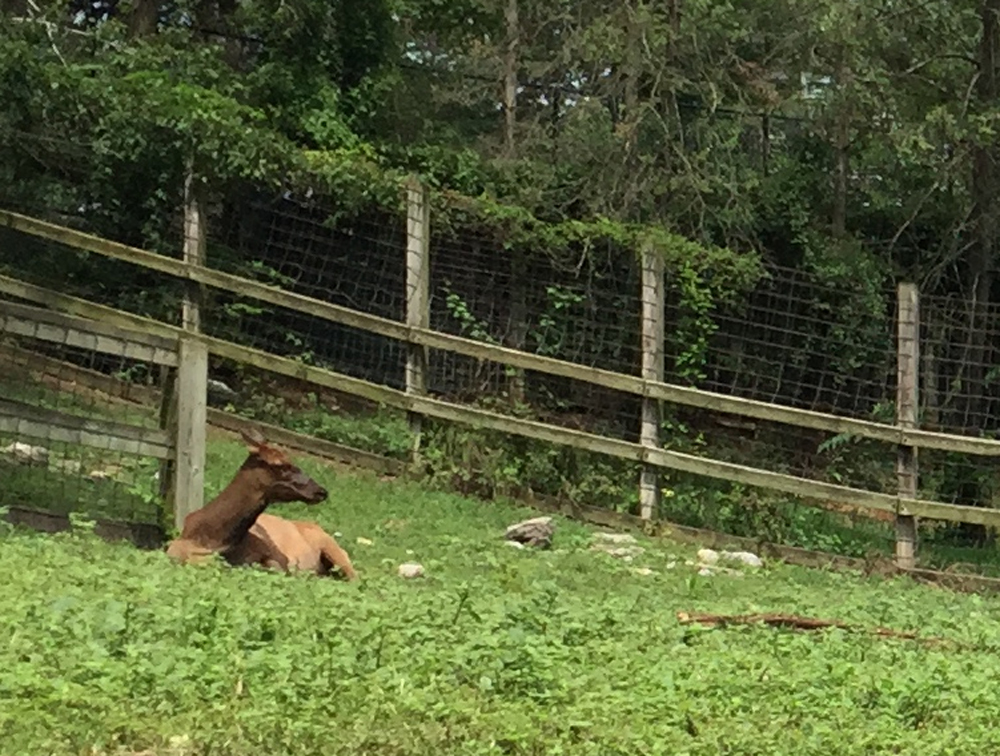

The snowy owl was hard to find. I finally found it on the ground in the weeds. Maybe it had just been fed a mouse.
The snowy owl is one of the largest owls in North America. Their bodies are designed for the tundra, which is their natural habitat. They have a thick layer of feathers on their body, feathers on their legs, insulated feet. (I felt rather sorry for this snowy owl in the Pennsylvania summer heat.
There was an open little river that ran through ZooAmerica. It invited Canada geese to become voluntary zoo animals. The bald eagle is watching from his cage in the background. (I bet it wishes that it was free to get a closer view of that river, and its occupants.)
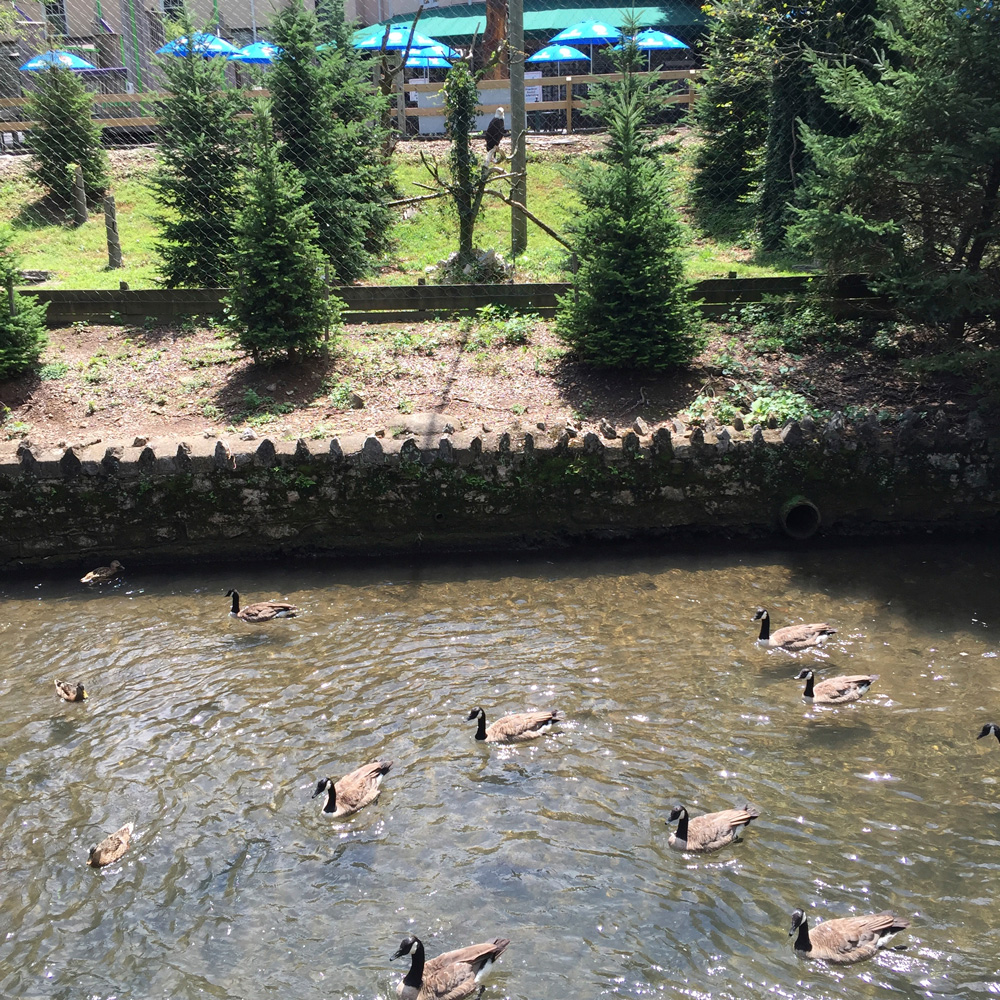
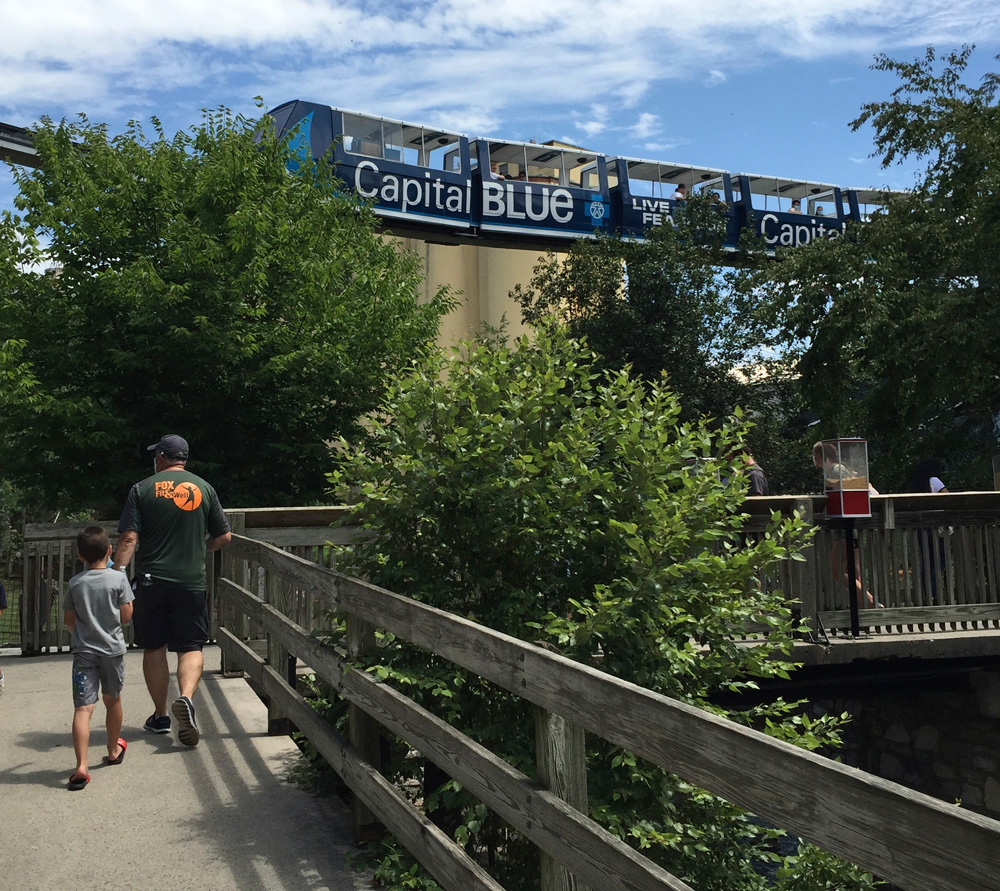
While I was looking at the Canada geese, the train from Hershey Park came by. It rides on a rail overhead and cuts through Zoo America.
I had a good time at ZooAmerica, even though COVID limited what I could see. There were fewer peole at the zoo. This made keeping social distance (6 feet) much easier. Someday I may be able to return to see the animals in the closed buildings.
Additional Field Trip Information
If you are interested in the location and contact information for ZooAmerica or more information about the history of the zoo, then click on the button below.
Field Trip Activity
Would you like to help your children benefit even more from the special day at the zoo?
Join me in an additional Field Trip Activity.
